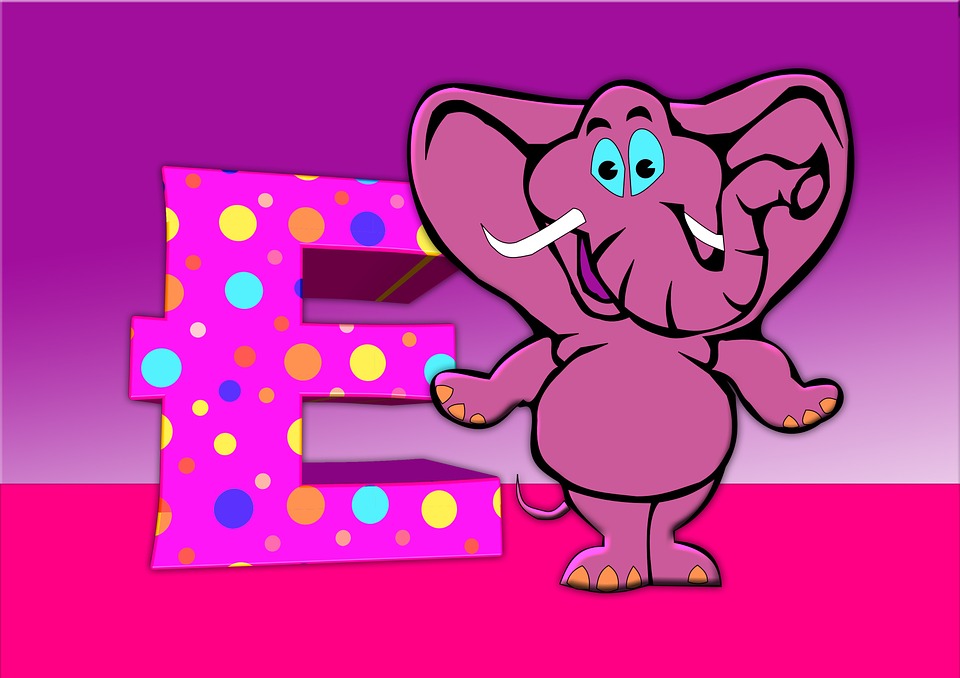
Writer Encouragement
Expressing Encouragement
“Your mom was proud of you!” The words in yesterday’s email from one of Mom’s friends brought tears to…
March 11, 2020
“Your mom was proud of you!” The words in yesterday’s email from one of Mom’s friends brought tears to…
March 11, 2020My dream as a kid was to become an elementary teacher and write books for kids. In high school,…
August 16, 2017
As I was running trails with my dog one day, I was overcome with awe at the beauty, the…
March 20, 2017
The E’s of writing for children does not equate with ease of writing for children, but includes elements to…
October 20, 2016
Every time I teach “Writing for Children” at a writers’ conference or teach a “Children’s Writing 101” class…
October 14, 2015